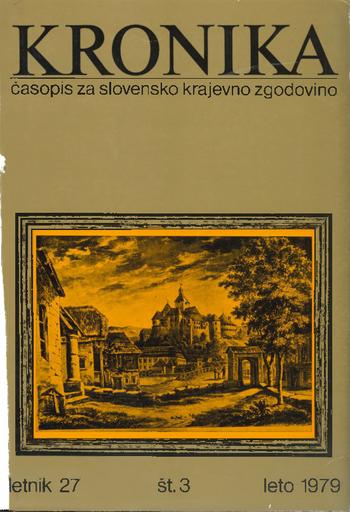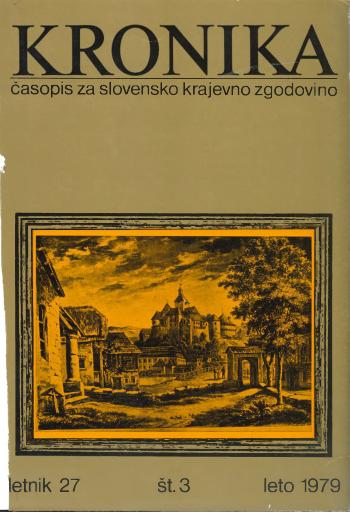/
Periodicals
/
Kronika: časopis za slovensko krajevno zgodovino
Syllabuses and Educational Programmes; for the Schools for the Deaf and Dumb

Author(s):Bogo Jakopič
Co-author(s):Peter Vodopivec (gl. in odg. ur.), Vasko Simoniti (teh. ur.)
Year:1979
Publisher(s):Zgodovinsko društvo za Slovenijo
Source(s):Kronika, 1979, št. 3
Language(s):slovenščina
Type(s) of material:text
Files (1)

Name:kronika_27_1979_3.pdf
Size:6.57MB
Format:application/pdf
Permanent link:https://hdl.handle.net/11686/file25696
Description
Syllabuses and educational programmes for the schools for the deaf and dumb began to develop gradually in the middle of the 19th century. The early beginnings are known from the Gorica institution for the deaf-anddumb children; a special point of interest is the syllabus of the Šmihel school for deaf-and-dumb girls that takes into account lessons in mother’s tongue aside from the practical orientation of the instruction on the whole, which gives a special valuej to this school since the majority of deaf-and-dumb children who had been educated in Italy (Gorica) and Austria-Hungary could not partake in it. The Šmihel school was the first of its kind in our country to introduce the musical spech method. The predominating role in upbringing the deaf youth was in 1900 overtaken by the deaf-and-dumb asylum in Ljubljana which, despite the sharp germanization pressure, retained classes in mother’s tongue; besides taking into consideration and rearranging the house rules it introduced the coeducation of boys’ and girls unknown in Šmihel before that time. The educational act from 1930 also contributed a great deal to at least temporary settlement of the educational programme for the deaf-and-dumb children.
Metadata (10)
- identifierhttps://hdl.handle.net/11686/43002
- title
- Razvoj učnih načrtov in programov šol za gluhe na Slovenskem
- Syllabuses and Educational Programmes; for the Schools for the Deaf and Dumb
- creator
- Bogo Jakopič
- contributor
- Peter Vodopivec (gl. in odg. ur.)
- Vasko Simoniti (teh. ur.)
- subject
- slušno prizadeti
- gluhi
- učni programi
- zgodovina
- Slovenija
- publisher
- Zgodovinsko društvo za Slovenijo
- date
- 1979
- 01. 01. 1979
- type
- besedilo
- language
- Slovenščina
- isPartOf
Citirano v (1)
| Tipologija | Avtor(ji) | Naslov | Kraj | Založba | Leto |
|---|---|---|---|---|---|
| 2.01 Znanstvena monografija | Dobaja, Dunja | Gluhi in svet : med odrinjenostjo in vključenostjo | Ljubljana | Inštitut za novejšo zgodovino | 2024 |
